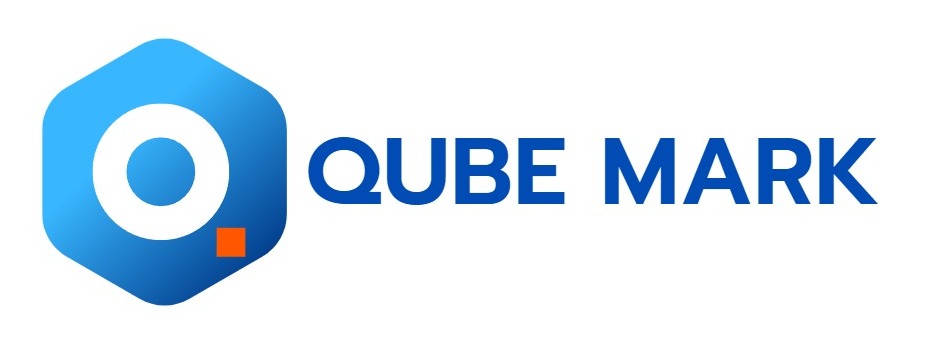NEW YORK, Feb. 25, 2025 -- A novel tool for rapidly identifying the genetic "fingerprints" of cancer cells may enable future surgeons to more accurately remove brain tumors while a patient is in the operating room, new research reveals. Many cancer types can be identified by certain mutations, changes in the instructions encoded in the DNA of the abnormal cells.
Led by a research team from NYU Langone Health, the new study describes the development of Ultra-Rapid droplet digital PCR, or UR-ddPCR, which the team found can measure the level of tumor cells in a tissue sample in only 15 minutes while also being able to detect small numbers of cancer cells (as few as five cells per square millimeter).
The researchers say their tool is fast and accurate enough, at least in initial tests on brain tissue samples, to become the first practical tool of its kind for detecting cancer cells directly using mutations in real time during brain surgery.
The researchers showed that UR-ddPCR had markedly faster processing speed than standard ddPCR, short for droplet digital polymerase chain reaction. Standard ddPCR can accurately quantify tumor cells, but it typically takes several hours to produce a result, making it impractical as a surgical guide.
"For many cancers, such as tumors in the brain, the success of cancer surgery and preventing the cancer's return is predicated on removing as much of the tumor and surrounding cancer cells as is safely possible," said study co-senior investigator and neurosurgeon Daniel Orringer, MD.
"With Ultra-Rapid droplet digital PCR, surgeons may now be able to determine what cells are cancerous and how many of these cancer cells are present in any particular tissue region at a level of accuracy that has never before been possible," said Orringer, an associate professor in the Departments of Neurosurgery and Pathology at NYU Grossman School of Medicine.
Publishing in the Cell Press journal Med online Feb. 25, the study showed that UR-ddPCR produced the same results as standard ddPCR and genetic sequencing in more than 75 tissue samples from 22 patients at NYU Langone undergoing surgery to remove glioma tumors, a type of brain cancer. Results from UR-ddPCR were also checked against known samples with cancer cells and samples without any cancer.
"Our study shows that Ultra-Rapid droplet digital PCR could be a fast and efficient tool for making a molecular diagnosis during surgery for brain cancer, and it has potential to also be used for cancers outside the brain," said study co-senior investigator Gilad Evrony, MD, PhD. Evrony is a geneticist at the Center for Human Genetics and Genomics at NYU Grossman School of Medicine and also serves as an assistant professor in the Departments of Pediatrics and Neuroscience at NYU Grossman School of Medicine.
To develop UR-ddPCR, researchers looked for efficiencies in each of the steps involved in standard ddPCR. The team shortened the time needed to extract DNA from tumor samples from 30 minutes to less than five minutes in a manner that is still compatible with subsequent ddPCR. The researchers also found efficiencies by increasing the concentrations of the chemicals used in testing, reducing the overall time needed for some steps from two hours to less than three minutes. Time savings were also achieved by using reaction vessels prewarmed to each of the two temperatures required by the PCR rather than repeatedly cycling the temperature of a single reaction vessel between two temperatures.
For the study, researchers used UR-ddPCR to measure the levels of two genetic mutations, IDH1 R132H and BRAF V600E, which are prevalent in brain cancers. They combined UR-ddPCR with another technique the researchers developed earlier, called stimulated Raman histology, to calculate both the fraction and the density of tumor cells within each tissue sample.
Researchers caution that widespread use of the tool awaits further refinements and clinical trials. They say their next step is to automate UR-ddPCR to make it faster and simpler to use in the operating room. Subsequent clinical trials will be necessary to compare patient outcomes using their tool compared to current diagnostic technologies. They also plan to develop the technology to identify other common genetic mutations for other cancer types.
Funding for the study was provided by National Institutes of Health grant R01CA226527. Study supplies were donated by Bio-Rad, the manufacturer of the ddPCR equipment used in the research, which had no other involvement in the study.
Besides Orringer and Evrony, other NYU Langone researchers involved in this study are lead investigator Zachary Murphy and Emilia Bianchini, and co-investigators Andrew Smith, Lisa Körner, Teresa Russell, David Reinecke, Nader Maarouf, Yuxiu Wang, John Golfinos, Alexandra Miller, and Matija Snuderl.
Orringer, Evrony, Murphy, and NYU have a patent application pending on their development of UR-ddPCR.
Orringer is a shareholder in Invenio Imaging, a company that develops and markets imaging equipment. He has also received consulting fees from Servier, a company involved in the production of anticancer therapies. Orringer and Snuderl also have financial interests in Imagenomix. Snuderl has served as an advisor to and has financial interests in Heidelberg EPignostix and Halo Dx. He has also been a paid advisor to Arima Genomics and InnoSIGN, and received research funding support from Lilly. All of these arrangements are being managed in accordance with the policies and practices of NYU Langone Health.
About NYU Langone Health
NYU Langone Health is a fully integrated health system that consistently achieves the best patient outcomes through a rigorous focus on quality that has resulted in some of the lowest mortality rates in the nation. Vizient, Inc., has ranked NYU Langone the No. 1 comprehensive academic medical center in the country for three years in a row, and U.S. News & World Report recently placed nine of its clinical specialties among the top five in the nation. NYU Langone offers a comprehensive range of medical services with one high standard of care across six inpatient locations, its Perlmutter Cancer Center, and more than 300 outpatient locations in the New York area and Florida. With $14.2 billion in revenue this year, the system also includes two tuition-free medical schools, in Manhattan and on Long Island, and a vast research enterprise with over $1 billion in active awards from the National Institutes of Health.
Media Inquiries:
David March
212-404-3528
david.march@nyulangone.org
STUDY DOI:
10.1016/j.medj.2025.100604
This News is brought to you by Qube Mark, your trusted source for the latest updates and insights in marketing technology. Stay tuned for more groundbreaking innovations in the world of technology.









